Carlos Cruz-Diez inaugurates Phillips’ new exhibition platform
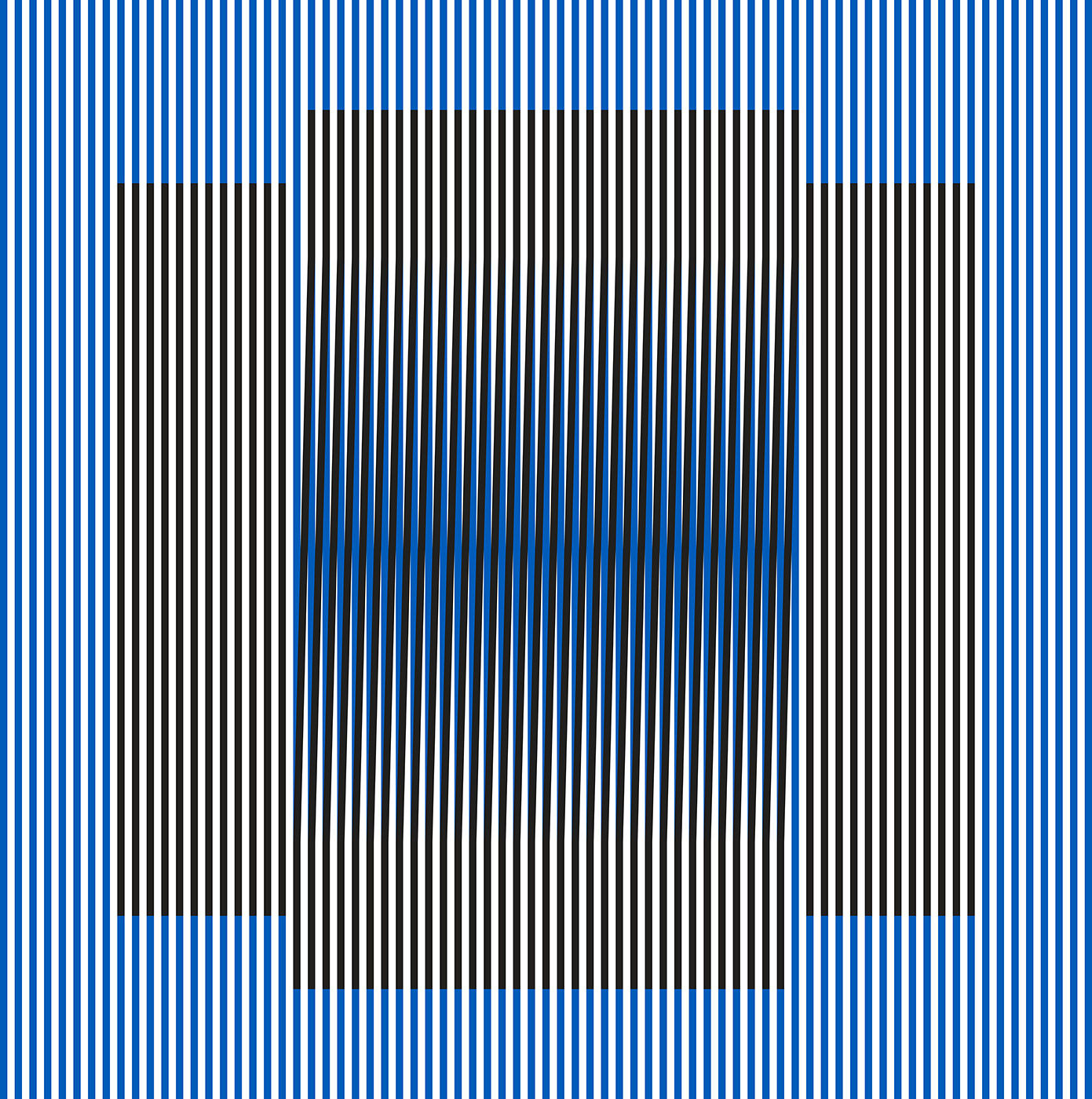
This summer, the London gallery space of Phillips is playing host to a glorious ocular ambush by Franco-Venezuelan artist Carlos Cruz-Diez, one of the founding fathers of the op art movement. A union of art, science and colour phenomena, ‘Luminous Reality’ features previously unseen work, alongside classics, presented as the first show in the British auction house’s new exhibition platform. It includes works from the iconic Physichromies series, notably the motorised Chromointerference Mecanique – whose sister work is housed in Tate Modern – alongside another iteration of his intoxicating Chromointerferent Environment, a four-dimensional gallery-scale chamber saturated with moving projections.
The kineticist encourages active participation in his work, whereby the spectator is both author and actor simultaneously. ‘It has taken me a long time to change people’s perceptive habits,’ Cruz-Diez tells Wallpaper*, having devoted much of his time to rigorously researching the very individual experience of processing colour. At 94 years old, and with seven decades of kinetic art production under his belt, the Phillips catalogue exemplifies the numerous material and conceptual shifts since his emergence in the 1940s.
Represented in international galleries and museums including the MoMA and Musée d’Art Moderne de la Ville de Paris, Cruz-Diez is also renowned for his interventions in urban spaces, including zesty takeovers of pedestrian crossings in Mexico City, Houston and Miami Beach. The artist has been dubbed a pioneer of perception, so much so that ‘kinetic art is to Venezuela what muralism is to Mexico’.
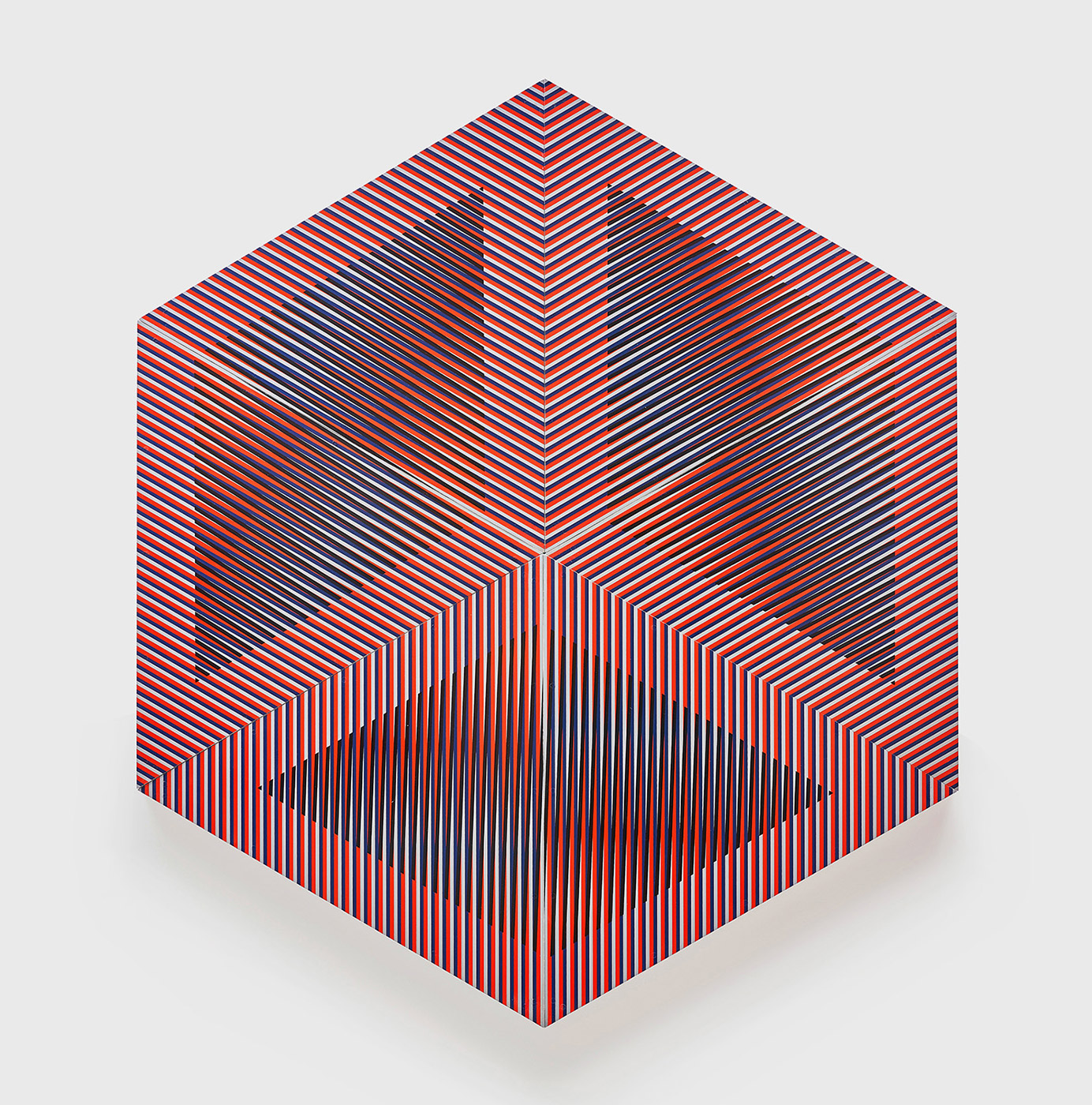
Color aditivo permutable, 1982, by Carlos Cruz-Diez, acrylic on aluminium
Dubbed the ‘master of colour’, his work offers moments for optical escapism. In the early 1950s, Cruz-Diez’s work began to strike a chord with the Venezuelan political elite offering respite from military unrest through its lack of political agenda. In modern times, the artist references society’s aggressive ‘hyperbaroque’ condition in which there are few moments of calm or visual repose, his work proposes chromatic immersion as an antidote.
Cruz-Diez’s methods oppose traditional painting whereby colour is applied once and remains static. Instead, tight stripes of stripped cardboard, aluminium and Plexiglass separate colours vertically to create the moiré effect, three-dimensional illusionary work sensitive to the slightest motion. The artist refers to these as ‘light traps’, where the surface evolves and transforms before the gripped observer.
In recent years, a newfound taste for technology has allowed Cruz-Diez to visualise his creations through simulation, where previously he could only imagine the outcome. ‘Just like a musician with a music sheet, I would spend many days making a piece and in the end if it did not satisfy me I had to destroy it,’ he reflects.
For decades Cruz-Diez’s studio space was former butcher’s shop on Rue Pierre Sémard, Paris, but for the last two years, he’s been operating from a larger workshop down the road, built by his children and reinforced by a team of artists and craftsmen who assist with the execution of his work.
Cruz-Diez shows no signs of applying the brakes: ‘No artist ever thinks that their practice is over. One continues to deepen their discourse to make it more and more dense and expressive.’
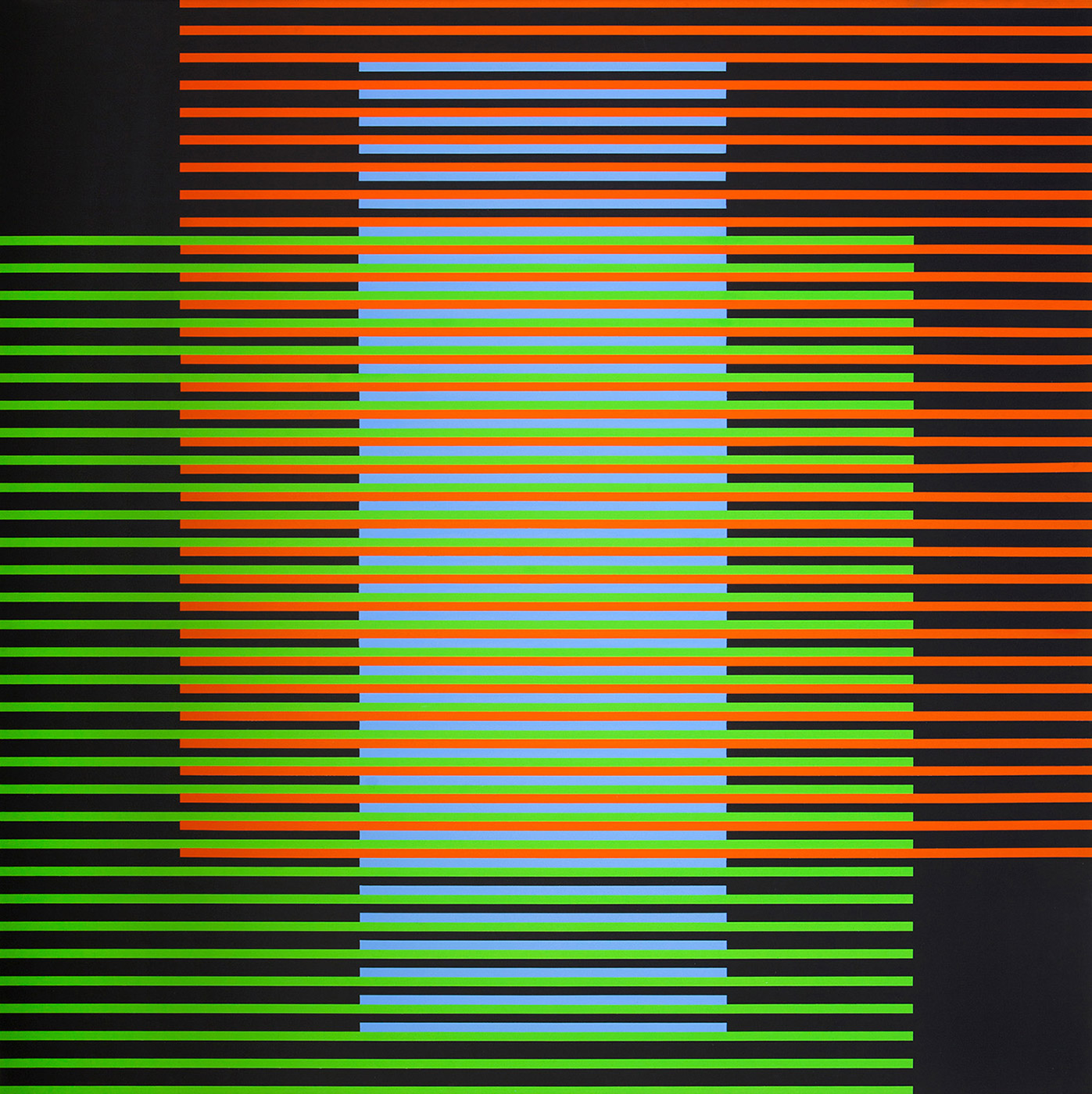
Couleur Additive 354, 2016, by Carlos Cruz-Diez, acrylic on aluminium.
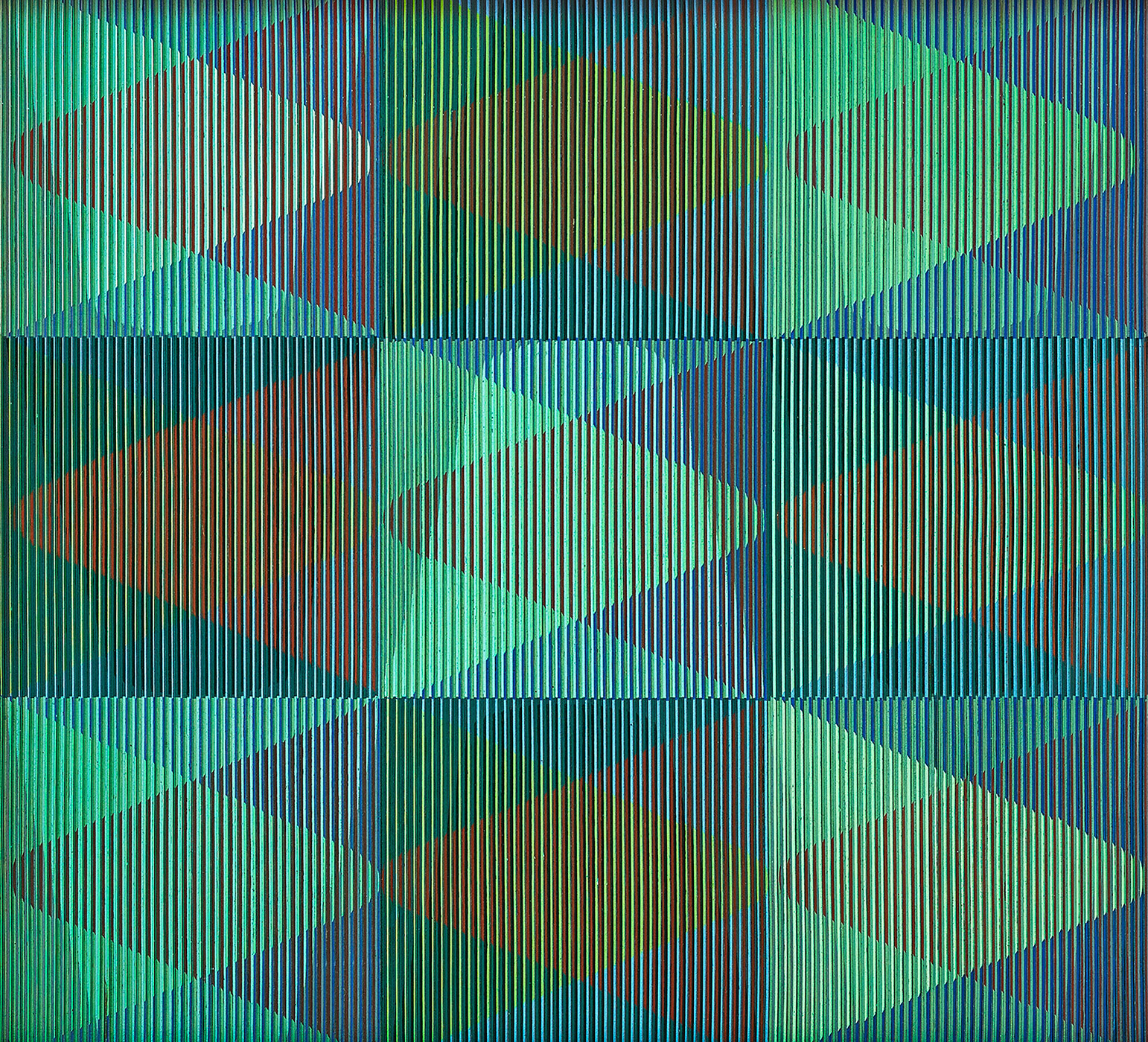
Physichromie 153, 1965, by Carlos Cruz-Diez, acrylic and laminated plastic on wood with wooden frame
INFORMATION
‘Carlos Cruz-Diez: Luminous Reality’ is on view until 6 September. For more information, visit the Phillips website
ADDRESS
Phillips
30 Berkeley Square
London W1J 6EX
Receive our daily digest of inspiration, escapism and design stories from around the world direct to your inbox.
Harriet Lloyd-Smith was the Arts Editor of Wallpaper*, responsible for the art pages across digital and print, including profiles, exhibition reviews, and contemporary art collaborations. She started at Wallpaper* in 2017 and has written for leading contemporary art publications, auction houses and arts charities, and lectured on review writing and art journalism. When she’s not writing about art, she’s making her own.
-
 A former agricultural building is transformed into a minimal rural home by Bindloss Dawes
A former agricultural building is transformed into a minimal rural home by Bindloss DawesZero-carbon design meets adaptive re-use in the Tractor Shed, a stripped-back house in a country village by Somerset architects Bindloss Dawes
-
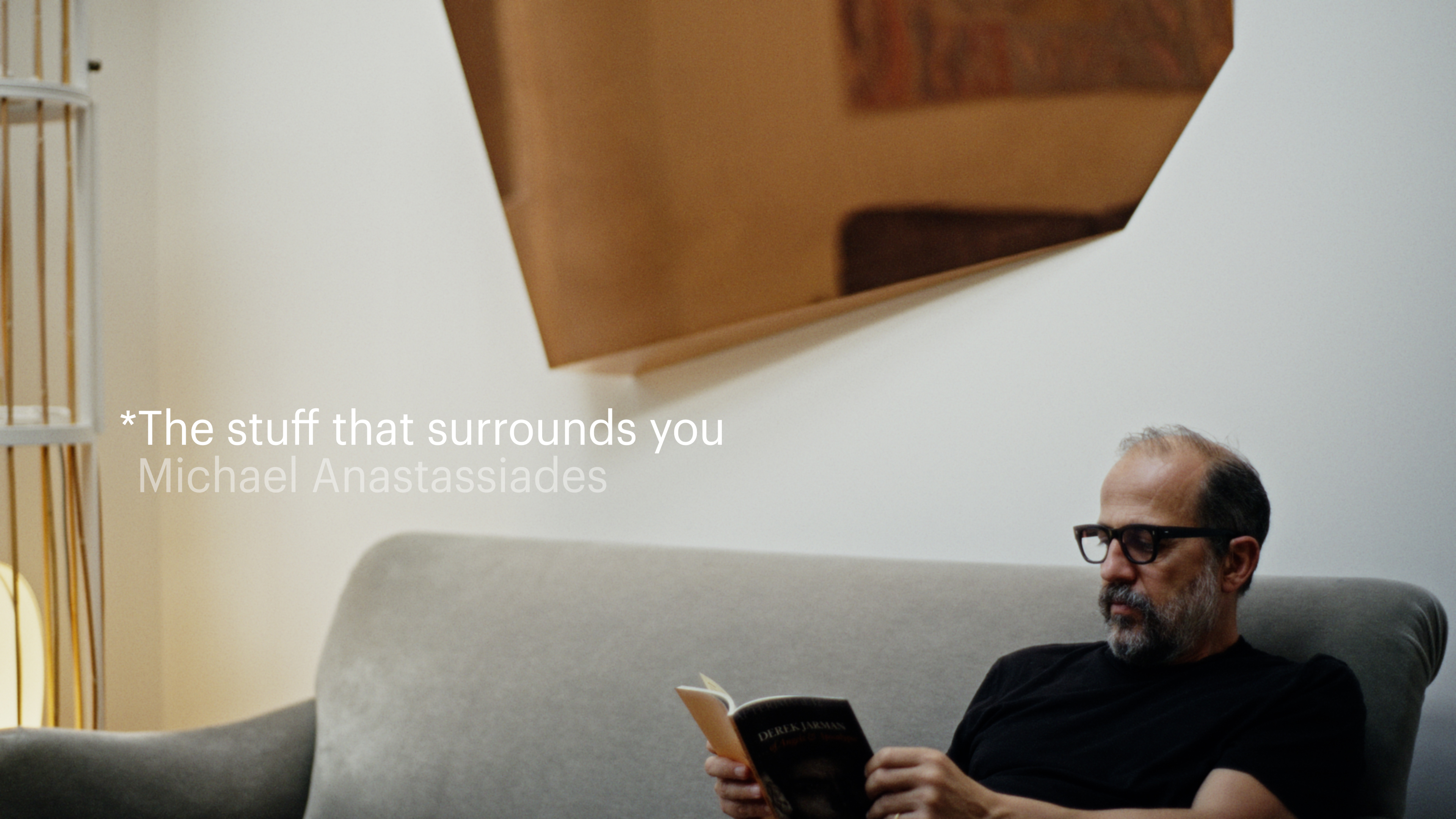 The Stuff That Surrounds You: Inside the home of designer Michael Anastassiades
The Stuff That Surrounds You: Inside the home of designer Michael AnastassiadesIn The Stuff That Surrounds You, Wallpaper* explores a life through objects. In this episode, we step inside one of the most considered homes we've ever seen, where Anastassiades test drives his own creations
-
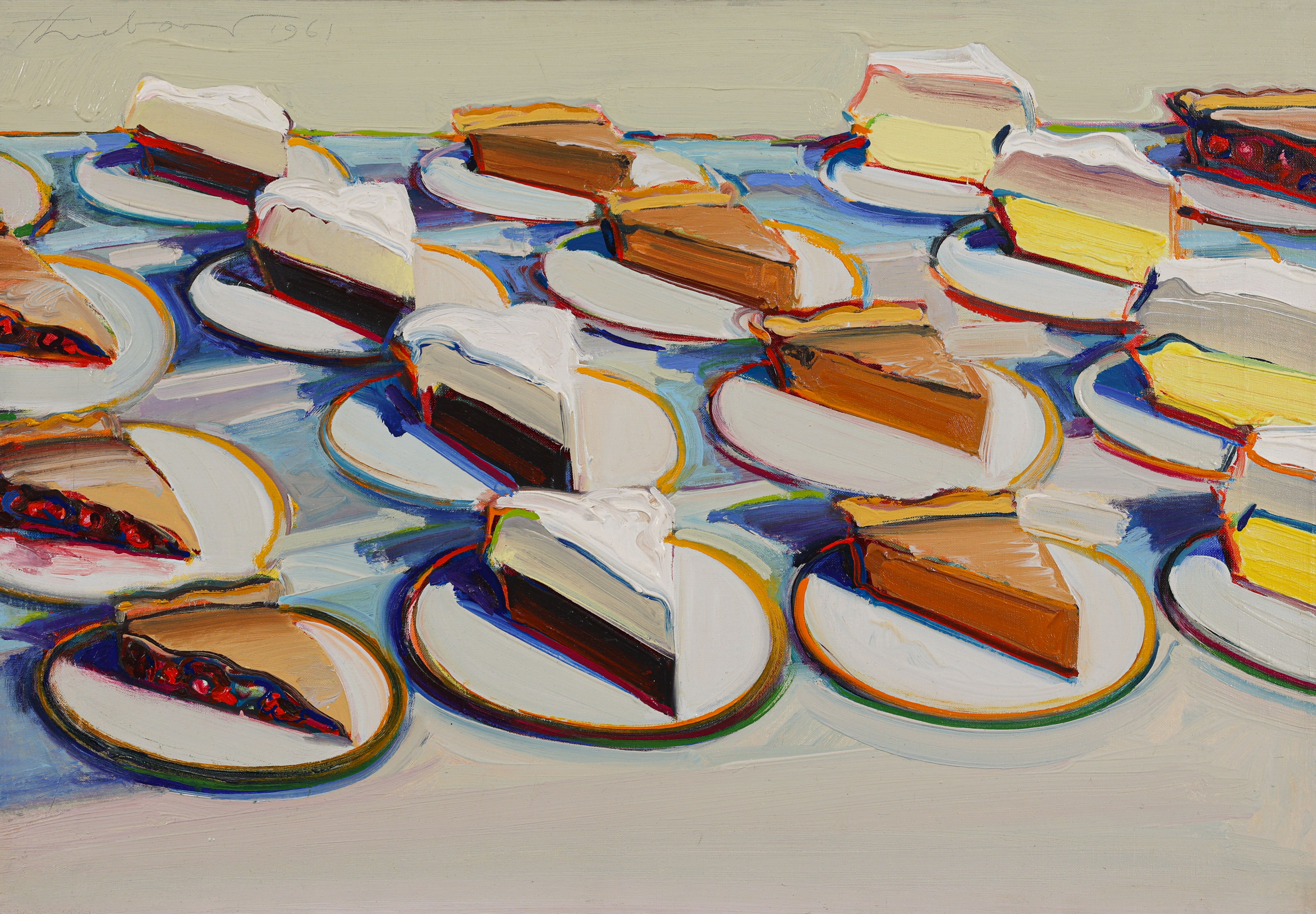 Why are Wayne Thiebaud’s paintings at the Courtauld so tempting?
Why are Wayne Thiebaud’s paintings at the Courtauld so tempting?The American artist’s thickly painted slices of cake at the Courtauld are some of our favourite artworks seen this year. What makes them so special?
-
 Out of office: The Wallpaper* editors’ picks of the week
Out of office: The Wallpaper* editors’ picks of the weekIt’s wet, windy and wintry and, this week, the Wallpaper* team craved moments of escape. We found it in memories of the Mediterranean, flavours of Mexico, and immersions in the worlds of music and art
-
 Each mundane object tells a story at Pace’s tribute to the everyday
Each mundane object tells a story at Pace’s tribute to the everydayIn a group exhibition, ‘Monument to the Unimportant’, artists give the seemingly insignificant – from discarded clothes to weeds in cracks – a longer look
-
 Out of office: The Wallpaper* editors’ picks of the week
Out of office: The Wallpaper* editors’ picks of the weekThis week, the Wallpaper* team had its finger on the pulse of architecture, interiors and fashion – while also scooping the latest on the Radiohead reunion and London’s buzziest pizza
-
 Out of office: The Wallpaper* editors’ picks of the week
Out of office: The Wallpaper* editors’ picks of the weekIt’s been a week of escapism: daydreams of Ghana sparked by lively local projects, glimpses of Tokyo on nostalgic film rolls, and a charming foray into the heart of Christmas as the festive season kicks off in earnest
-
 Wes Anderson at the Design Museum celebrates an obsessive attention to detail
Wes Anderson at the Design Museum celebrates an obsessive attention to detail‘Wes Anderson: The Archives’ pays tribute to the American film director’s career – expect props and puppets aplenty in this comprehensive London retrospective
-
 Meet Eva Helene Pade, the emerging artist redefining figurative painting
Meet Eva Helene Pade, the emerging artist redefining figurative paintingPade’s dreamlike figures in a crowd are currently on show at Thaddaeus Ropac London; she tells us about her need ‘to capture movements especially’
-
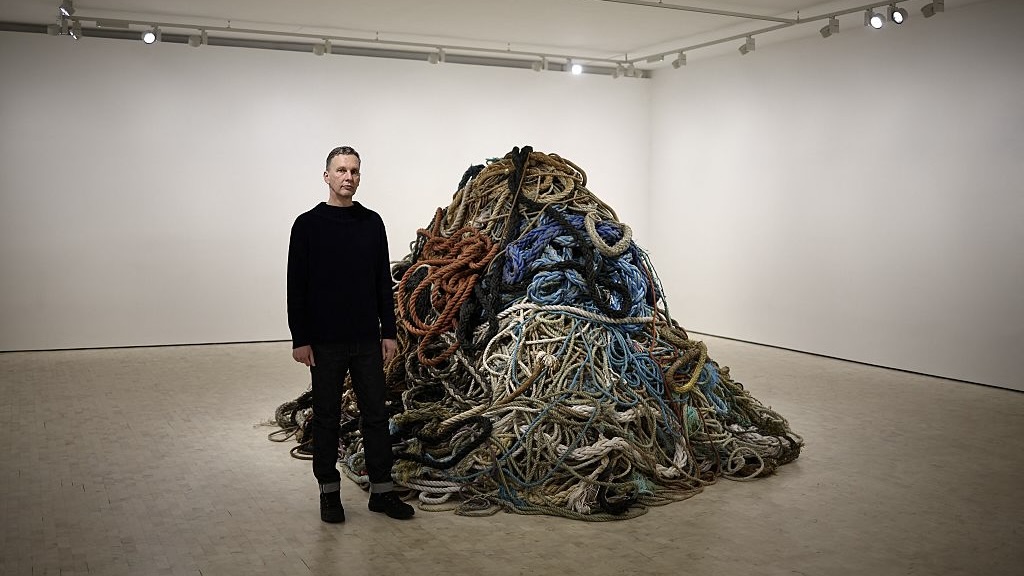 David Shrigley is quite literally asking for money for old rope (£1 million, to be precise)
David Shrigley is quite literally asking for money for old rope (£1 million, to be precise)The Turner Prize-nominated artist has filled a London gallery with ten tonnes of discarded rope, priced at £1 million, slyly questioning the arbitrariness of artistic value
-
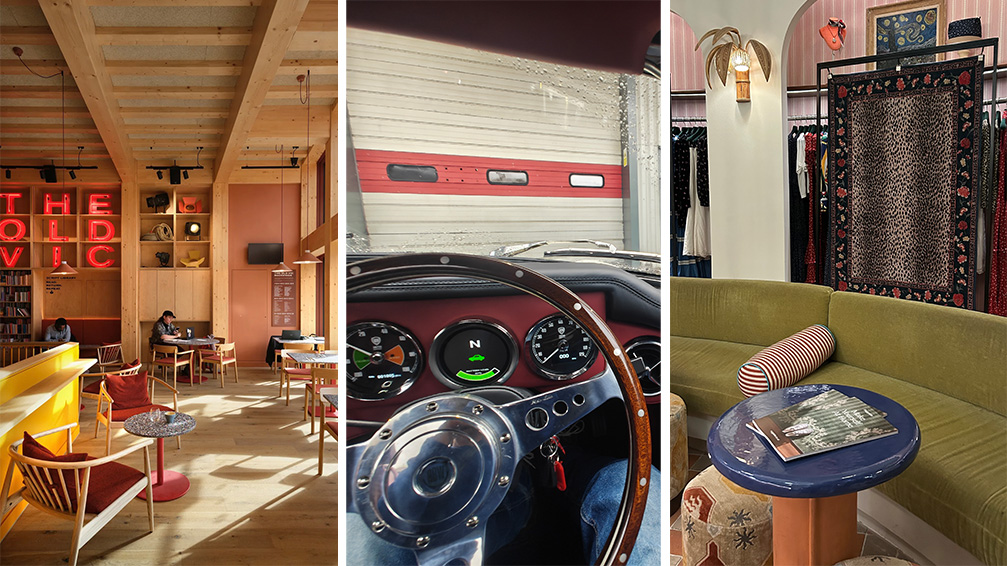 Out of office: The Wallpaper* editors’ picks of the week
Out of office: The Wallpaper* editors’ picks of the weekThe rain is falling, the nights are closing in, and it’s still a bit too early to get excited for Christmas, but this week, the Wallpaper* team brought warmth to the gloom with cosy interiors, good books, and a Hebridean dram